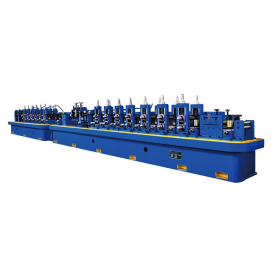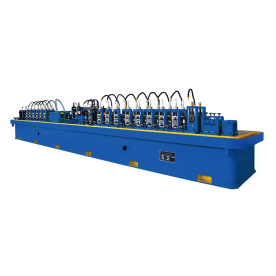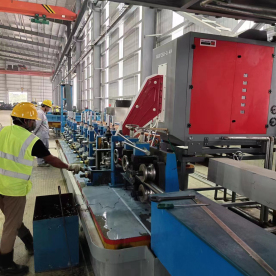[Inductor ]Understanding the Role of Inductors in Modern Electronics: Their Function, Types, and Applications Explained
News 2024-10-30
Inductors are passive electronic components that are fundamental to the functioning of various electronic circuits. At their core, inductors store energy in a magnetic field when electrical current passes through them. This article delves into the essential role of inductors in modern electronics, explaining their function, the various types available, and their diverse applications in today's technology-driven world.
The Basic Principle of Inductance
Inductors primarily consist of a coil of wire, often wrapped around a core made of a magnetic material. The basic principle behind inductance is rooted in electromagnetic induction, which occurs when a changing current creates a magnetic field. According to Lenz's Law, the direction of induced electromotive force (EMF) will always oppose the change in current. This property allows inductors to resist changes in current flow in an electronic circuit, making them vital for various applications.

Understanding the Role of Inductors in Modern Electronics: Their Function, Types, and Applications Explained
Types of Inductors
Inductors come in various designs, each catering to specific applications within electronic circuits. The most commonly used types include:
1. **Air Core Inductors**: These inductors have no magnetic core and are typically used in high-frequency applications. They are less prone to saturation but have a lower inductance value than other types.

Understanding the Role of Inductors in Modern Electronics: Their Function, Types, and Applications Explained
3. **Iron Core Inductors**: These inductors utilize iron to increase the magnetic field strength and are suited for low-frequency applications. They are often larger and heavier compared to other types.
4. **Variable Inductors**: As the name suggests, these inductors allow for adjustable inductance and are commonly found in tuning applications for radios and antennas.
5. **Chokes**: A specific type of inductor that is used to block higher-frequency AC signals while allowing lower-frequency or DC signals to pass. Commonly found in power supply circuitry, chokes play a critical role in filtering unwanted noise.
Applications of Inductors
Inductors are integral components in a myriad of applications across various fields. Here are some key areas where they play a significant role:
1. **Power Supplies**: Inductors are widely used in switch-mode power supplies (SMPS) to store energy and manage voltage regulation. They help in converting and controlling the output voltage efficiently.
2. **Radio Frequency Applications**: Inductors are essential in tuning circuits, filters, and oscillators. They help in resonating circuits to select desired frequencies, thus enabling clear signal transmission and reception.
3. **Signal Processing**: Inductors are employed in audio equipment for filtering signals. They work alongside capacitors in LC (inductor-capacitor) circuits to remove unwanted frequencies from audio signals, ensuring high sound quality.
4. **Energy Storage**: In various renewable energy applications, inductors are utilized in energy storage systems. They can help smooth out fluctuations in power generation from sources like wind and solar.
5. **Electromagnetic Interference (EMI) Filtering**: Inductors are often used in conjunction with capacitors to create filters that reduce EMI in circuits, promoting stable operation and compliance with regulatory standards.
Conclusion

